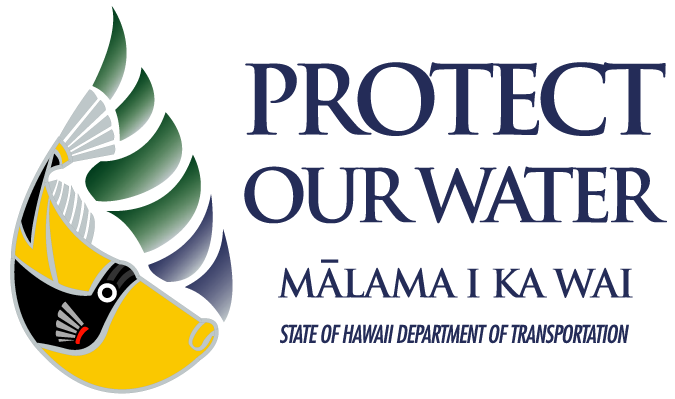Water is one of the most utilized and important elements in our daily lives. – it’s used in nearly everything we do! The components of water and water’s different forms make up numerous benefits for humans, animals, and plants alike. Unfortunately, only a minuscule portion of the Earth’s natural water can even be used for consumption, and the constant demand for water has continued to grow with as the population grows. We encourage you, your household, and your loved ones to work with us and other forward-thinking groups in finding ways to conserve and reuse water.
Water conservation is extremely important, especially in these trying times for our climate. Conservation efforts sport fantastic benefits, including the reduction of consumed energy from purification or transport methods, lessening pollution from flooding or overloaded systems, and our favorite wallet friendly perk of lowering monthly water costs.
A few simple environmentally cautious ways your household can conserve water start within your own backyard. If you are able, upgrade your system to an energy efficient model and replace old pipes with durable and sustainable options.
The Big One – Irrigation Planning
Irrigation is crucial to farm and garden life, however; it can cause major overuse of water when not timed correctly.
- The easiest way to prevent waste through irrigation systems is to make sure your systems are working properly. Check regularly for rips and breaks in piping and be sure to fix any leaking faucets.
- We recommend you install an irrigation timer with a rain sensor in order to prevent excess watering during rainstorms. (If you can’t find a rain sensor, be sure to watch the weather and forecast so you can turn off irrigation systems as needed due to rainfall).
- Consider using a drip irrigation model to accurately distribute water between plants.
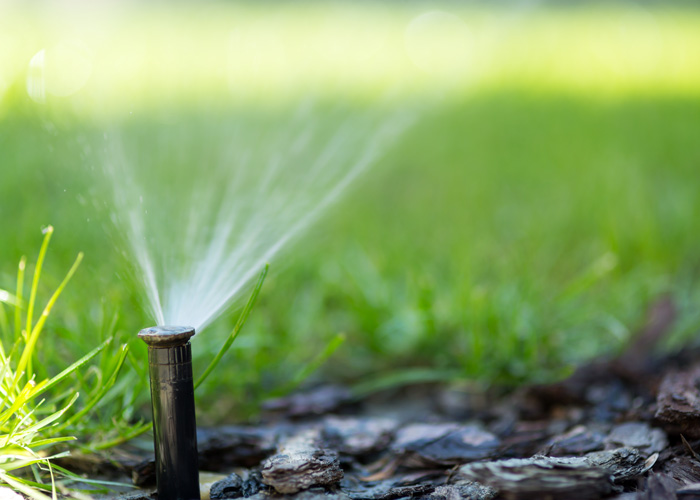
Reuse to Water Household Plants
The vast majority of water that we run down the drain can be recycled and consumed by smaller houseplants. Here are some everyday activities that can be reinvented to prevent excess water use:
- Install a rain barrel to keep and reuse rainwater from the gutter. – this can also help save quite a bit on water bills! Learn how to build your own rain barrel!
- Reimagine cooking – drain pasta water into a separate pot and use it for watering plants once it cools down. Wash organic produce in a pan or large pot rather than running water over your fruits and veggies. Use the excess water to water plants.
- When starting your garden, consider spreading mulch over the top of your plants’ soil to help the soil retain moisture and prevent quick dry out.
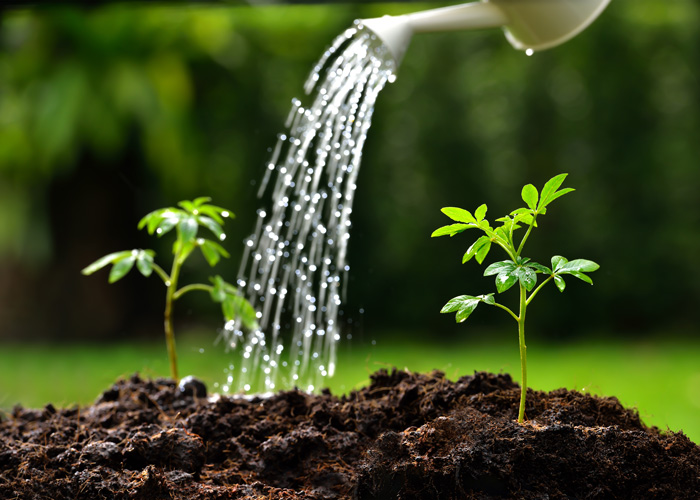
Keeping the Grass Green
Though back and front yard lawns are less common here in Hawaii than they are in other areas, they are still just as greedy when it comes to water use. For those of you with lawns, here are a few ways you can reduce water use while still keeping your grass lusciously green and healthy:
- Utilize your lawn mower – adjust the height of your mower to one and a half or two inches, so that your lawn is a bit taller. Taller grass can assist in shading roots and holding moisture. When emptying your mower, use the clippings as mulch, this can cool the ground and also hold in moisture.
- If you have dry spots, use a hose by attaching a separate sprinkler head or water the dry portion by hand with a pail, rather than running your sprinkler system longer. Dry portions often occur when pets use the same area for the bathroom, or if the lawn isn’t evenly shaded.
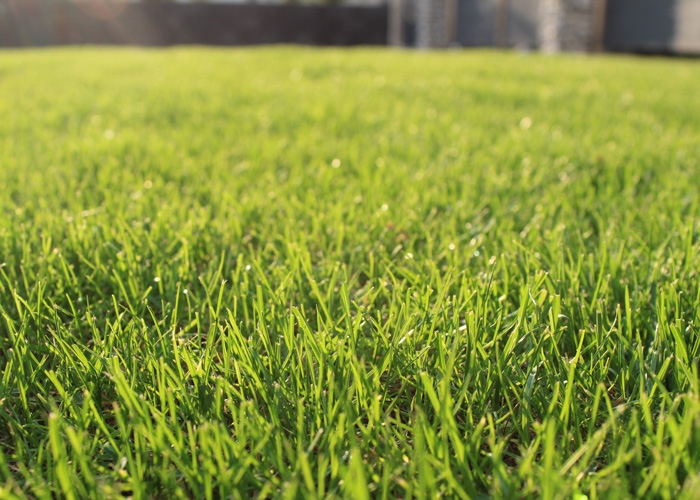
- Aerate your grass by creating holes every six to 12 inches, – this allows for water to reach the roots instead of running off the surface.
- Lastly, if possible, consider replacing your grass all together with synthetic turf. Turf lawns have a variety of pros and don’t require as much upkeep – there is no need for sprinklers, lawn mowers, additional sod, or mud flooding, and turf can be a great alternative for those with pollen or grass allergies.
